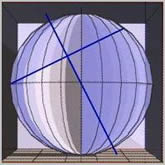The Impact Crater Enigma: A Cosmic Scar on Earth
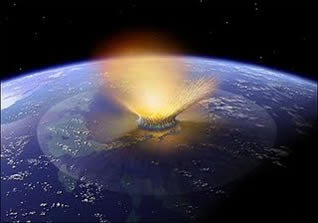
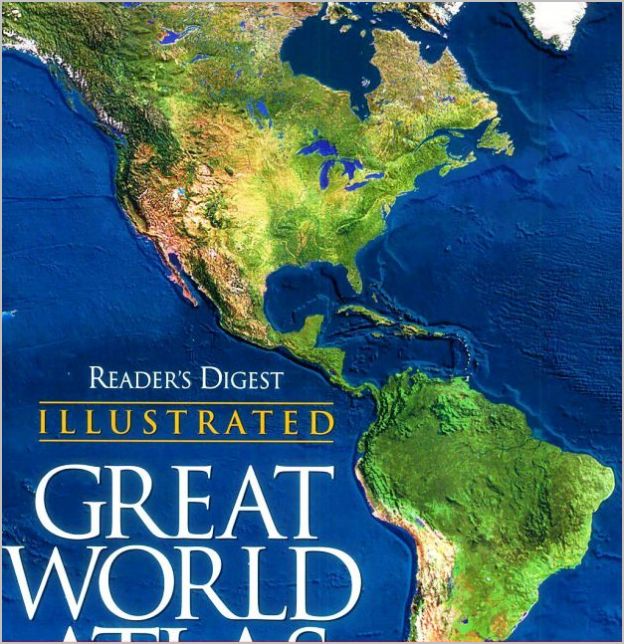
A Dime-Sized Discovery
In 1997, while paging through a Reader’s Digest world atlas, I noticed something extraordinary on its cover:
a dime-sized circular feature etched into North America’s western expanse. This satellite image revealed
what appeared to be a colossal impact crater, its double-ringed structure—a hallmark of massive collisions
still faintly visible. Could this mark, centered around a great salt basin, trace back to the cataclysm that
ended the dinosaur age millions of years ago? The image spoke for itself, inviting interpretation.
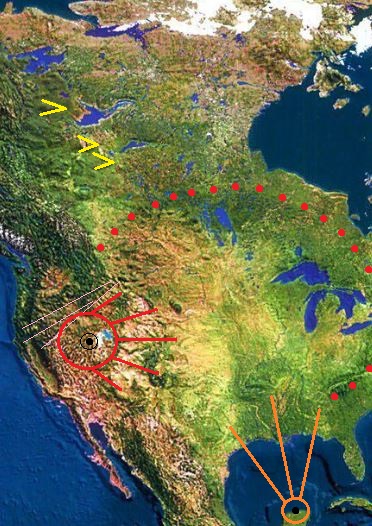
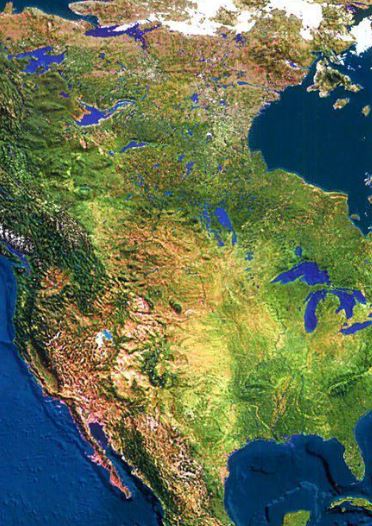
A Devastating Collision
If this is an impact site, its scale suggests a meteorite or asteroid of immense size struck the continent long
ago. The aftermath hints at a global upheaval: a wall of water surging from east to west, scouring the Cana-
dian Shield, slamming debris against the Rockies, and scattering sand, silt, and gravel across the land. Yellow
wedge-shaped anomalies in the image, reminiscent of sandbars in streams, bolster this vision of a flooded
North America. Such a deluge could explain the placer gold deposits near Dawson City, Yukon—riches possibly
thrust westward from their source by this ancient torrent.
Echoes of a Double Impact
South of this proposed crater lies another: the Chicxulub crater on Mexico’s Yucatan Peninsula, widely linked
to the dinosaurs’ demise. Might these be twin scars from the same cosmic event? The North American site’s
outer ring shows a missing segment, perhaps eroded by the Yucatan impact’s aftermath. The object that car-
ved the larger crater must have been monumental, fracturing the Earth’s crust—a rupture visible from space.
This could account for the region’s seismic unrest, the Grand Canyon’s formation, and Yellowstone’s geother-
mal wonders.
Survivors and Secrets
Remarkably, life endured. The 1994 discovery of Wollemi pine trees in Australia—thought extinct for 80 million
years—proves some species weathered this catastrophe unchanged. Yet countless others perished, from dino-
saurs to later mammals like mastodons, their fates sealed by impacts large and small. The upheaval—heat, pres-
sure, and tidal waves—might have forged coal beds, oil deposits, and the fossil troves we unearth today, all
buried beneath the crater’s splash-out debris.
A Broader Tapestry
This crater’s story intertwines with history’s threads. Some 4,000 years after an ancient reckoning, a lineage
unbroken—from umbilical cord to umbilical cord—led to Jesus Christ, heralded in Isaiah 9:6 as “Wonderful,
Counselor, The mighty God.” Earlier still, Genesis 1:28 urged humanity to “replenish the earth.” Noah’s flood,
a later, localized event, pales beside this primordial chaos. Legends worldwide echo such floods, but this
crater suggests a vaster disruption—one that reshaped continents and life itself.
A Call to Wonder
Does this atlas image reveal Earth’s greatest impact scar? Its features invite speculation: a double-ringed
testament to a world-altering strike, its ripples felt in geology and scripture alike. Whether it holds oil, fos-
sils, or deeper truths, the crater stands as a silent witness. It challenges us to look closer—at the land, the
past, and the patterns that bind them.
